The Real Market With Chris Rising – Ep. 3 Andy Cohen
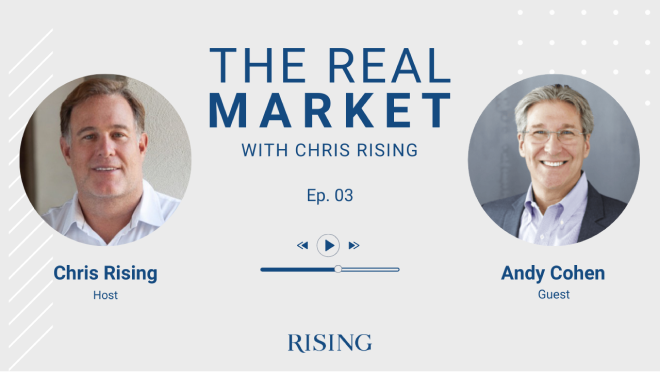
00:50 CR: Welcome to the Real Market with Chris Rising. Really excited about today’s podcast, an old friend, someone who I’ve known in the business for many years, Andy Cohen, the co-CEO of Gensler. Gensler is a global architectural firm. It’s an exciting firm. It started here as a local Los Angeles firm and has grown from a small startup to a 6,000 person firm that goes across the globe. Andy and I have a really interesting conversation about where the world’s headed from architecture to how companies are growing and all the latest technology. And he also gets a little bit into some personal stories that I think you’ll all find very interesting. So here’s our podcast with Andy Cohen.
01:35 CR: I’m very excited to have with me an old friend and someone who’s a real star in the industry, Andy Cohen, who’s the co-CEO of Gensler. Andy and I have known each other for, I think about 20 plus years and have watched each other grow in all the things we did. Andy is now running a company that has gotten tremendously large and transverses the world. So Andy, really excited that you’re here to join us on the podcast.
02:02 Andy Cohen: Thanks so much, Chris. It’s really an honor and a pleasure to do this. You are an incredible client and friend and so this is really wonderful you do this for our industry. Thank you.
02:13 CR: Thank you very much. Well, one of the things that… We do call this the Real Market and it’s meant to say that we get real with everything that we talk about. And one of the things as an architect that I’d love to hear from you is when you’re looking across all the things you’re working on, what’s the most exciting market do you think in the country, or in the world, for real estate right now?
02:36 AC: It’s really interesting. These are incredible times we’re living in and we’re seeing design being at the heart of innovation that’s occurring around the globe. Since the great recession in ’08, ’09, we’ve been seeing… The global growth is amazing but we’ve been seeing incredible growth in the Unites States. From the east coast… Especially on the coast. On the east coast and west coast it’s incredibly vibrant. And we’re seeing clients that are focusing on and coming to us for design innovation and really branding their businesses and branding their environments for the future.
03:17 CR: Is there any one market that you see you and your team spending the most time in these days?
03:24 AC: Well, when you say market, we’re involved in so many areas of practice. So we’re geographically dispersed. We’re in 46 cities around the world. Last year, our firm worked in over a 100 countries. So we’re working with clients around the globe. And so it’s incredibly diverse geographically and then from a practice standpoint, we’re involved in almost 30 different practice areas. One area that’s a tremendous growth area for our firm, and frankly was founded on 53 years ago, is work and workplace. So we’re seeing especially office space and workplace as being a real driver, not only in the US but around the globe right now. Promoting innovation, promoting collaboration, promoting how the workforce is changing and radically changing right now with more millennials in it.
04:19 CR: And I would imagine the same time that you’ve had all this growth, that the business in and of itself has changed. There was a time in this business when I do remember that most architects would come in and start drawing. Is that still the case? Are pencils still something that people at Gensler use?
04:38 AC: We still love… People love to sketch. More the old timers than the younger people that are coming in the firm. I still walk around with a pen, a sketch pen and I’m constantly sketching on projects and helping teams look at things differently. I would say that technologically, in my career I’ve been with Gensler for… It’s my 38th year, I’d say the last five years technologically has been incredible in our business. We’re now at the point where we’re working on projects in 4D, not even in 3D but in 4D. And as you’ve seen out in the marketplace, there’s virtual reality and augmented reality. The ability to have our clients walk through the space, and you did this Chris, walk through your space even before it’s built. To feel it, to see it in real time has just been an amazing tool for architects to be able to get their ideas across and to show the vision and strategy behind our work. So it’s been the last… Especially the last five years has been remarkable. And for our firm, the technological revolution’s been incredible because we’re working across the globe. So we might have three, four, five different offices working on a project at the same time. Some of the larger projects where we’re delivering a project in the Middle East but we’re working in the United States on it.
05:54 CR: That’s amazing. That must allow you to work across time zones so that, really a project can have 24 hour focus I would imagine.
06:05 AC: That’s exactly it. It’s really wonderful ’cause we have these moments where all our teams come together at some point in the day but we can deliver products 24/7. In fact, we have teams that are focused on that in Bangalore, India right now. And frankly, in Shanghai and Beijing, where we’re literally delivering products in the US. Where we send the drawings at the end of the day and they continue to work on it and then we get the drawings back in the morning when we come in the office.
06:35 CR: That’s amazing. Do you think that this makes it easier for someone to start their own architectural firm or does it make it harder because there’s the investment one has to make. How does a young architect really compete in the world today against a firm like a Gensler? Are they drawn, they have to be at a big firm or can they… Can technology allow someone to start their own thing pretty easily?
07:00 AC: I think, from an innovation stand point, they could start a firm easily. BUt what makes it so unique, and I try to go away from the brand of being a big firm, ’cause what we are is, frankly, a lot of small studios. And we fashion our work around what we call a studio, which is about 20 to 30 people. And we find that the sweet spot for a team is about that scale and size, where they’re working on a specific building type, albeit an airport or an office or a law firm or retail space that we have teams collaborating around that scale size, literally like small boutique offices within themselves. And so we pride ourselves that even that we’re close to 6,000 people right now, we have almost 200 studios around these areas of expertise. So we feel like we wanna be big when we’re big, we’re very much a boutique firm when we wanna be very local and focused.
08:00 AC: I’d also add that, I think in the world we live in, in this global world we live in and global knowledge, that it’s really important that we’re sharing this knowledge around the world, and when you’re a small firm it’s very hard to get the understanding and knowledge of all the innovations that are occurring around the world. In our firm we have call, video calls and meetings, we’re inviting different experts from around the world to bring that knowledge, to bring that research right down to those… Into the local markets. And that’s hard to leverage when you’re a small firm.
08:32 CR: That makes a lot of sense. I think one of the things that I’m astounded by is how global the world really is when it comes to companies. And when we talk to potential tenants and we talk to, especially on the retail side as well, that people are not just coming, from my experience in Venice or my experience in Sentry City. They’re coming with, “Well, when I was in London this is what happened,” and, “When I was in Shanghai,” and I wanna do that here in LA. I mean that global convergence of how people are working, we’re seeing it in our businesses and I think it’s something that’s being driven by a firm like yours. Is there anything that jumps out to you that you see has become, in the way people are working or living, that has become more of a global thing instead of a regional thing?
09:19 AC: Well, I think there’s major significant trends going on. The pace of change is accelerating tremendously. It’s driven by, I’m talking about global change, it’s driven by demographic shifts. Obviously, the world is getting older. But also the millennials are coming in the work place. Incredible amount of growing urbanization. I mentioned technological disruption. Now we have, as architects, a responsibility on climate change. And all the incredible global volatility that’s going on, there’s a ton of volatility as we’ve seen around the globe. And the impacts are incredibly visible. More people… This is an incredible statistic, but more people live in cities now than in rural areas. There are 25 million Chinese moving from rural to the cities. And technology is redefining every aspect of our life. As people are living longer, the work force spans four… Now four generations in our work place. And there’s this tip towards localization in the face of globalization. There’s all these tremendous trends that are going on that are converging on how we design projects.
10:31 CR: I’d like to try to delve into these trends a little bit, maybe look at it from a couple different lenses. The first one is, when you are representing an office tenant, what do you see has changed and what is driving an office tenant when they look for office space today?
10:51 AC: That’s a great question, Chris. We’re seeing that the office now it represents the brand of an organization. We designed it on your space, it’s your brand. And what we’re seeing is is the office space is now the place where people come together to collaborate, to create innovation. And so we’re designing the places much differently around the task that people are working on. We’re seeing work spaces much more open planned, with much more collaboration spaces where people can have different varying places to work. We call it choice. Where you can be working at obviously a benching desk or you can be working at a collaboration table or you can be working at a conference room. And I think what’s radically changed is the mobility, that now work happens everywhere. You go to a Starbucks and you see work being done. So why come to the office? And the reason why to come to the office is the office becomes a nexus to pinpoint where people can rally together and come together to share ideas. So the spaces we design are completely different. What used to be a typical office space of offices, of closed offices, ringing a perimeter of a floor plate is now 90% open plan. Again, your office is a great example of that with much more open plan, with much more collaboration space for people to come and coalesce together, and really brainstorm together about the future of the organization.
12:18 CR: How do you see consumer products like Alexa, or the Google Speaker, or things like… Just the way people use devices, how do you see that driving the way offices are designed today?
12:35 AC: I think what’s really important, and we get this question a lot is acoustics. And with all this technology that’s being incorporated at the work place, what we’re finding is that we need to have closed areas, glassed enclosed areas, or smaller collaboration spaces that’s closed to the open environment so that people aren’t disturbed in the work they’re doing. And so when there’s… With all of this new technology that’s being incorporated, everyone can plug and play. We’re creating varying kind of spaces so that if there is louder noises or potential interruptions, it can be separated out from the work space. So there is an opportunity to create both. These incredible collaboration spaces, but also places where VR and AR and Alexa and those kind of things can be incorporated into them.
13:25 CR: So on the trends, going back to trends, I think it’s easier to see from the outside looking in, that tenants, say an a Apple with their new headquarters, or Google, or Facebook, driving what they want to do, but as we all know, most tenants aren’t those sizes, so they are forced to go look for space that will work for them. So they’re looking to a landlord to provide certain things. What do you think has been moved over to landlords today, that has been different, historically from the past, if they want to be successful and lease space? What are some of the drivers that a landlord needs to really understand if they wanna have space that people will pay for, and pay, for most landlords hopefully, high rent with a longer term?
14:10 AC: I think it’s about creating that vibrancy, that’s about the service that you provide to your tenants. What we’re seeing is an amenity base that really services people, frankly, working longer hours, or different hours so that they can… There’s food and beverage close by. That there’s different varying places for people to sit. Now we’re designing office buildings for you and other developers where this common space becomes another place that work can happen. So we’re seeing much less common space and more efficient work place being developed. So a rich amenity base, support services as much as possible for those tenants, and incredible… I would say, making sure that amenities are rich for those tenants. Coffee, and dining, and places for people to spend time and still maintain their work where… And an example is we’re creating a lot of outdoor plazas right now, where tenants can have meetings outside, especially in southern California. You have the ability to go inside and outside. So I think it’s just creating a total wrap around environment where people can basically live and work and play in the environment they’re in.
15:30 CR: So on that idea of… For people being able to be indoor, outdoor, that kind of health and wellness, one of the initiatives we’re working on right now is raising money around the concept of impact investment, meaning that we’re gonna track and monitor and be able to demonstrate how much carbon we’re reducing. And we’re tracking the health and wellness and we’re trying to have buildings have an impact, but I get a lot of push back from the finance side of things. Especially when I go to Texas, or I go to Wall Street saying that LEED Platinum doesn’t mean anything, and it’s just… You’re just spending a lot of money on nothing. I firmly believe that’s wrong, but you’re closer to it in the sense that you represent tenants all over the world. Do you think that impact… Issues around impact about carbon, about LEED Platinum, and health and wellness, are these things important to tenants today?
16:23 AC: It’s one of the first things that come up when we meet with a CEO and when we meet with their key people, is that, again, with the workforce driving younger right now, I said there were four generations in the workplace, but especially the millennials that by 2025, there’ll be 60% of the workplace will be millennials. They are demanding it. They want sustainability built into the workplace. They wanna know that they’re breathing fresh grade air. They wanna know that the water is fresh and healthy. And so we are, frankly, our clients are demanding that we design sustainable buildings and sustainable interiors, so much so that it’s just standard practice for us. Whether buildings rated LEED, we’re doing it anyway in our practice, and we tell our clients that, and they’re thrilled with it. That we are incorporating sustainable practices into everything we do and creating a healthy environment for the workforce.
17:18 CR: That’s really interesting. Gensler really made an imprint here on downtown Los Angeles when you all decided to move from West LA to Downtown LA. Can you talk a little bit about why you as a firm decided that being in the heart of downtown Los Angeles was a good strategic move, and talk a little bit about how that went?
17:38 AC: Sure. It was really a hard decision. We had been in Santa Monica for over 20 years. And we saw that our client base, which used to be just on the west side of LA, was frankly distributed all over southern California. And we were doing a lot of projects in downtown. And we saw the growth area and the ability to be in, centrally located in downtown LA. We do a lot of work with the City of LA. We do a lot of work with the Port of LA, and LAX, and all the different government agencies. The idea of being downtown was very enticing, but even more so for our people. With the amount of traffic on the west side, for us, it could take anywhere from an hour, and hour and a half to go from Santa Monica to Beverly Hills for meetings at rush hour. It’s made a world of difference for our people, and so much so that being downtown, so many people come travel to work by either bike or they take train to work. So it gives them the ability to use public transportation to come here.
18:41 AC: And then from a housing standpoint, much more affordability obviously downtown and moving east away from the west side. So, we have 600 people located downtown. When we first moved from Santa Monica in 2011, we were 200 people. And so what’s attracted all the wonderful talent that’s joined us is the ability to be so close to public transportation, and to be in the center of downtown LA. And finally we had this opportunity. We took over an old Bank of America space, and the rents on the west side were escalating when we had the opportunity to transform a bank building that was frankly empty for nine years. We did an adaptive reuse, created a three-story atrium in the center of the space. And it’s become a great laboratory to show all of our clients what the workplace of the future is all about, so much so that we located our new space on the ground floor. So it’s really embedded in the local community. We have live events in our space all the time, it becomes sort of the heart of the community. We have ULI meetings here, the mayor’s spoken here, the governor’s spoken here. It becomes a… Really, we felt very strongly about being embedded in the local community.
19:55 CR: I think it’s terrific. And are you seeing some… In some of your other offices doing the same thing in some other cities, making it much more than just a place where someone goes to work for eight hours a day, but a place that’s for social, for having events? Is that a theme that’s continuing in your other office spaces?
20:13 AC: Absolutely. In many cities now, I could name probably 10 cities we’re now located on the ground floor, not on the up in the tower, but on the ground floor. And our space becomes a place where people wanna come to to see what the work place of the future is all about, to demonstrate to our clients what the work place of the future is all about, to use our offices as laboratories to see the latest trends, and we’re constantly experimenting in our spaces. So it really has been a trend for us and now we’re seeing many, many more companies, instead of being ubiquitous office space on upper floors to be located on the ground floor and being part of that community and being part of that base.
20:57 CR: How have you seen the work day change for your young employees? Have you noticed some dramatic changes in how millennials and now, I guess we’re even starting to get some gen Z. I think they’re called gen Z, but the ones who are even younger than millennials. What do you see that has really changed about a work day for younger people versus the way you were raised in the business?
21:20 AC: It is definitely not 8:00 to 5:00 or 9:00 to 5:00 anymore. We have a 24/7 environment. And as I mentioned before, we’re working on projects in many different countries out of this office. So we have people here pretty much all night. We actually have some people on shifts where they’re working in the wee hours of the morning, to be working with some of our Asia offices. So it’s a hot bed. Again, it’s more than just an office, it’s a community, it’s a lifestyle. And these young people, as you walk around the office, there’s always something happening in the office. And it’s one of the reasons why we provide a lot of food to our people because they’re working in some cases 10, 12, 15, 18 hours a day, and we have multiple different teams working throughout the day. So it’s become this… It’s an alive city, an internal city, and a live community. And these young people, I think just they are so passionate about their work that getting a lot of sleep or getting a lot of play isn’t important to them. They’re very dedicated to their careers.
22:23 CR: That’s terrific. How do you keep a company like Gensler healthy and thriving for young people to see an opportunity to rise in the organization? How do you meet some of that ambition for some of these people? So they feel like, “Yeah, it’s not just this big stale place but I can actually make a difference.” What are programs, or how would you sell Gensler to the brightest young architecture student today?
22:53 AC: Well, I can tell you that our life blood is the best talent in the world. And so one of our key goals of our vision of our firm is to create the best workplace in the world, the best people space in the world. We really value diversity of thinking, diversity of people, diversity of languages, and we’re seeing more and more today the [23:14] ____ architect of having one person and one ego run our organization. We’re an incredibly flat organization where you have an opportunity to work on totally different types of projects. The opportunity for young people to come in and immediately be engaged on projects is amazing. We have an incredible research arm. We’re focused on researching the trends of the future. And a lot of the young people get involved, the newer employees get involved with researching the latest trends, and being part of that experience. And then we have an incredible training program. When someone joins our firm, they’ll spend a couple of weeks just learning about all the different tools that are available to them in their career and career growth and all the opportunities for career growth.
24:05 AC: We actually have many meetings throughout our firm, where we bring the talent people together so they can be together with other talented people from around our firm. We call it a super-meeting and we have these meetings where we bring 400 or 500 talented people together to share ideas, much like a TED conference. We have different leaders come in and discuss different trends and different innovations that we’re creating and we share them throughout the firm. And a lot of the young people that are joining us are creating those presentations. And it’s wonderful to see. And they’re part of this incredible global community. And you get this rich experience of being able to exchange ideas around the globe with other young people from around the globe.
24:48 CR: That’s terrific. Well, when you joined Gensler, Winnard was running the firm and all, and it was a different place. But what was it that drove you when you were looking at the opportunities that you had as a young person? What was appealing about architecture and what was appealing about Gensler.
25:07 AC: Well, my story is really interesting. I grew up in New York. And my grandfather started when he emigrated from Poland. He started a dairy store. And it was called Cohen’s dairy. And it was on the Lower East Side of Manhattan in New York. My grandfather left the store to my dad. And my dad had always thought that I was gonna be taking over the store. And so I’m frankly an expert on cheese. You wanna know anything about cheese? I know it. And it was interesting, I worked pretty much my entire life, even when I was young. Five, seven, 10 years old, I worked in the store on the weekends. And all along I thought I was gonna be in the cheese business.
25:56 AC: And when I… I took a design, mechanical drawing class in high school and I realized I just love building things. I love designing things, I love creating things, I love sketching ideas. And my father saw that spark in me. And unfortunately right about when I was 17 years old, my dad… We found out he had lung cancer. Terminal lung cancer. And he came to me when he was really ill and he said, “Look, you have the opportunity to take over the store.” And I was, really had this dilemma ’cause I really like design, I love design. And I’ll never forget, my dad told me, and I tell young people this all the time, and that is, he said to me, “You know what, you love design, you love architecture. Go follow your passions, follow what you love to do. ‘Cause when you love what you do, you’ll always be successful and you’ll always feel fulfilled.”
26:57 AC: And so we ended up… My dad passed away and we ended up selling the store. And that was his wish. So that I could go follow my passion. And I wanted a change and so I moved, came out to California and brought my portfolio with me. And I interviewed at this very small firm, startup firm called Gensler, 38 years ago and I’ve never turned back. I started here as a junior designer. It was probably a little less, the firm was still big at that time. It was probably about 180 people. Now we’re 6,000 people. I started as a designer, a junior designer and I worked my way through the firm ’till finally I became head of the LA office, and then head of the Southwest region and then in 2005, so it’s now been 13 years, I became Co-CEO of Gensler with my partner Diane Hoskins. So it’s been quite a trip for me because I’ve really only had one job, and that is what I love to do every day, which is design and work with clients and work with people in long-term relationships. And so it’s been a great journey for me. And I tell the story over and over again to young people because of this issue of following your passion. If you follow what you love to do, it’s not work for me. I just love what I do in life.
28:26 CR: That is a terrific story and I appreciate your honesty. My wife, Anna Christina, who you know, lost her father at a young age, very similar around 15 or 16. And she has a somewhat similar story about the importance of… There’s a lot of fear that happens when you lose a parent at a young age but also a lot of freedom to be able to do what she really wanted to do, which was also interior design. And so I really appreciate you sharing that. One of the things I also like to get into on this podcast is to talk a little bit about, you are clearly one of the leaders in the industry but you gotta get up every day and go to work like everybody else. Are there any habits or rituals or things that you think are really important to your success?
29:13 AC: That’s a great question, Chris. I start my day because I… We have such a global practice. I get probably upwards of 500, 600 emails a day. So I usually start my day very early. I wake up at 5:00 or 5:30 AM and I’ll immediately go on email because I’m getting emails from Asia and from the Middle East. And I’ll go on for about a half an hour and immediately dive into some of the issues that have been going over there. And then I really feel strongly about having physical activity ’cause it helps me clear my mind. So, I’m a biker, I love to bike, so I’ll bike for about an hour, come back, and get ready for work. And then, usually my day… I’m spending most of my time now with other leaders in other offices around the world.
30:03 AC: So, what’s been incredible with this technological innovation is I can do video calls. I literally probably speak with, I don’t know, upwards of 50, 60 people a day. Probably in about 15-minute clips, sometimes a half an hour. We’re discussing strategies, we’re discussing how we can differentiate on the marketplace. I would say, a lot of my time is taken up with that. Setting the vision for the firm, setting the strategy, moving forward. My partner, Diane Hoskins and I, have two four-hour meetings a week. Where we’re again, focused on the strategy of the firm, focused on our growth strategy, focusing on our talent, our incredible, talented people. So I would say it’s pretty focused on firm growth. And then I still pride myself and I really pride myself on this, that I have incredible… We have incredible long term relationships, like the relationship I have with you and your dad. I have clients that I’ve been working with 20, 30 years. I still work on projects. I pick and choose five to 10 projects a year, where I’m still working and helping a client come up with strategies and a vision for that project. I intermix client calls and client presentations into my days also.
31:31 AC: And then finally, I’m on the road probably 30% of my time. 30% of my time, I’m usually going global. Visiting offices, I’m visiting with clients. I spend some time in Europe, some time in the Middle East and then a bunch of time in Asia. And with my board of directors, our board of directors and my partners, we have many, as I was mentioning before, many Gensler meetings where we bring together our leaders from around the firm. We have upwards of eight, 10 meetings a year where we’re bringing key leaders around the firm together, and so I’m leading those also.
32:10 CR: And how do you mix a personal life and your family life with working as hard as you work?
32:17 AC: Well, it’s another great story. Actually, really quick, I actually went through not such a great divorce in the mid-90s. And I was introduced by my partner in New York, who had said she knows the perfect person for me, perfect woman for me. And I resisted it for a while. And we were at a Gensler event, and we got introduced, this was before I was CEO, and fell in love. My marriage, my second marriage with Portia, who’s the love of my life, actually came through Gensler also. It’s all tied together. What’s great about Portia, is she really does understand our firm and the demands of our firm and is incredibly supportive of me. Portia and I love to travel also, so a lot of times when I’ll be visiting other countries or visiting other offices, we’ll tag on some time to see great places around the world. We love to bike, so we go on a lot of… Several biking vacations where we bike in different countries and different cities. It’s been incredible to… Portia and I share so many things in common, and most of all, share Gensler in common.
33:30 CR: That’s a terrific story. We’re kinda at the end, but I always like to ask, as you’re spending all this time on strategy and you’re spending a lot of time thinking about where to, once again, use the Wayne Gretzky quote of “where the puck’s gonna be”, what’s the biggest risk that you see to your business or to architecture in general? What is it that when you’re going to sleep at night, might keep you up a little bit?
34:00 AC: Well, the ultimate risk is that, you know this better than anyone, is the cycles that we go through. We’re constantly trying to see where the world’s going and how the cycles are working and the different cycles around the globe. The cycle we went through, the downturn we went in ’08, ’09, was brutal on development, brutal on architecture. We’re doing everything we can to try to insulate ourselves for the potential next downturn. That’s why we’ve diversified our practice so much, we design the insides of buildings, as you know, we design buildings themselves, we’re in different varied practices, like public works, like airports. We’re doing everything we can to try to insulate ourselves of the next potential downturn and the cycle that we all go through. In my career, I’ve been through four of them now. And you could see that where the market’s very heated right now, and so we’re laser focused on that. The other thing I would say, that the biggest trend going on right now is this incredible consolidation going on, not only ubiquitously throughout the world, but definitely in my industry.
35:13 AC: And you could see firms, smaller firms being bought by larger firms. And there’s a real conversion going on in real estate, where you see real estate companies that are now getting involved in so many different areas. And at one point, we’re seeing design-build projects, projects where design and constructions combine. There’s a lot of convergence going on, so we spend a lot of time focusing on that. You see firms, very large firms that are gobbling up other firms. We’ve taken a different tact on that. We’ve taken a tact that we’ve grown naturally. The firm was started 53 years ago by Art Gensler, to this day, we’ve never acquired a firm, we’ve always grown naturally. We have evolved naturally. We’re growing around the world naturally and so we have been resisting any kind of acquisition or to be acquired. We believe that we have the right formula which is our culture. Our culture is so important to us. We call it the one firm, firm culture, where it’s one integrated practice, 46 offices, 11 regions, 30 practices, all working together. So it’s as seamless for our clients, like you were, if you had a project in another city, I could pick up the phone and be able to get a project done for you seamlessly in another city. So those are the two big ones, I’d say, it’s the consolidation in the industry and the cycles we go through.
36:39 CR: Well, that’s terrific. I really appreciate you spending the time with us on the Real Market. We’re just gonna leave you with one last thing. Is there anything outside of your business and the things you’re working on that’s exciting to you, anything in books or anything you’d wanna share that you think would be good to tell the audience here about something that’s interesting to you?
37:03 AC: We kind of touched on that before. We get to work with all the technology firms and I’ve been really focused, personally, on the game-changing impact of the driverless car, on the future of cities. And everyone’s talking about the technology right now which is being developed and billions of dollars being poured into it. I’ve been focused on the human experience and how this is gonna change as architects, and designers, and developers. Our cities are gonna radically change because we’ll have the ability to take our city streets back. No longer will you have parking on the streets anymore, we’re gonna be able to create green spaces. There’s 125,000 gas stations in the United States. Just think we can create incredible new, wonderful projects or environmentally-sensitive projects. So I’m really excited by the technological innovations that are occurring and how we can improve people… The cities for people.
38:03 CR: I agree with you wholeheartedly. We’ve talked about it in the past and I think one of the things that… It’s gonna happen quicker than I think people can really imagine and I think what’s gonna happen is it’s gonna provide opportunities for cities, and some of our old industrial cities to really re-invent themselves. So we’re gonna have to do this again. I’d love to have you back on. And we can talk about the future of cities as technology continues to evolve. But I really appreciate your time and quite frankly, your honesty because I think we get a lot out of it. I think, in this business, what I often find is it’s easy to make people who are in it not as human and I think getting that human side is very important. So I really, really appreciate your honesty today.
38:46 AC: Of course, I commend you for doing this and your leadership, it’s fantastic and I hope that the whole industry learns from you because you’re a great leader in our industry. Thank you.
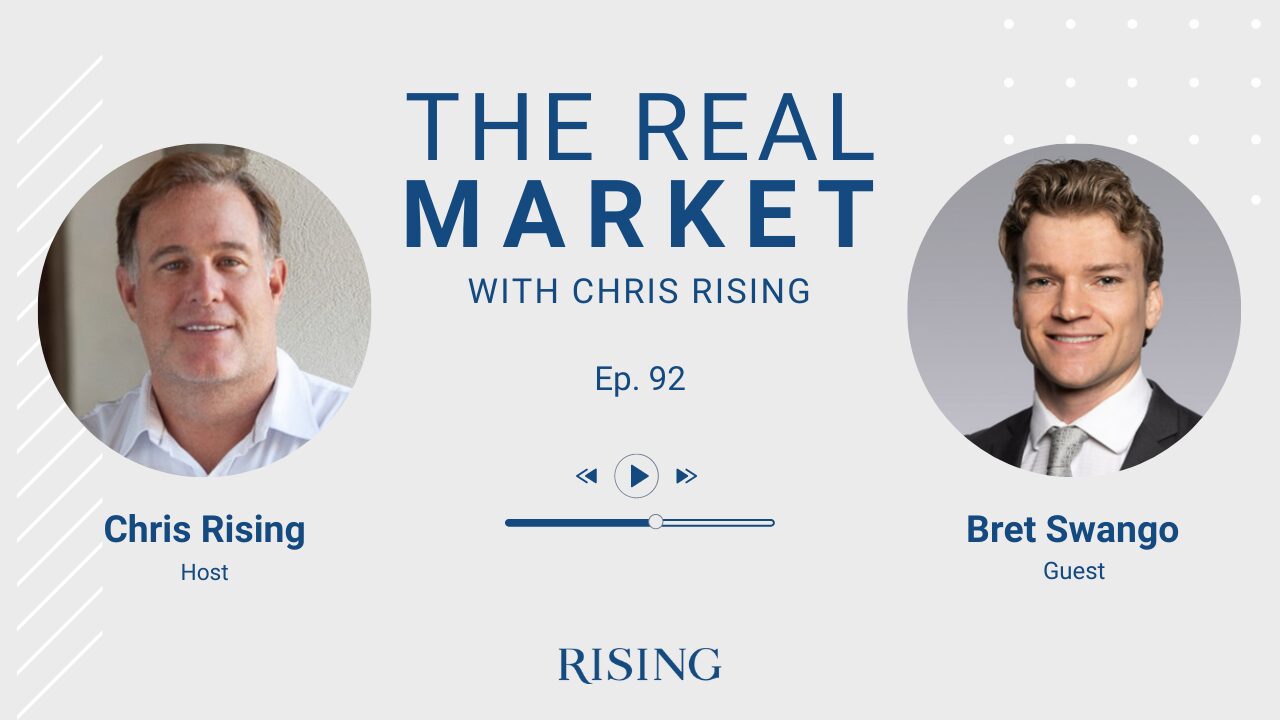
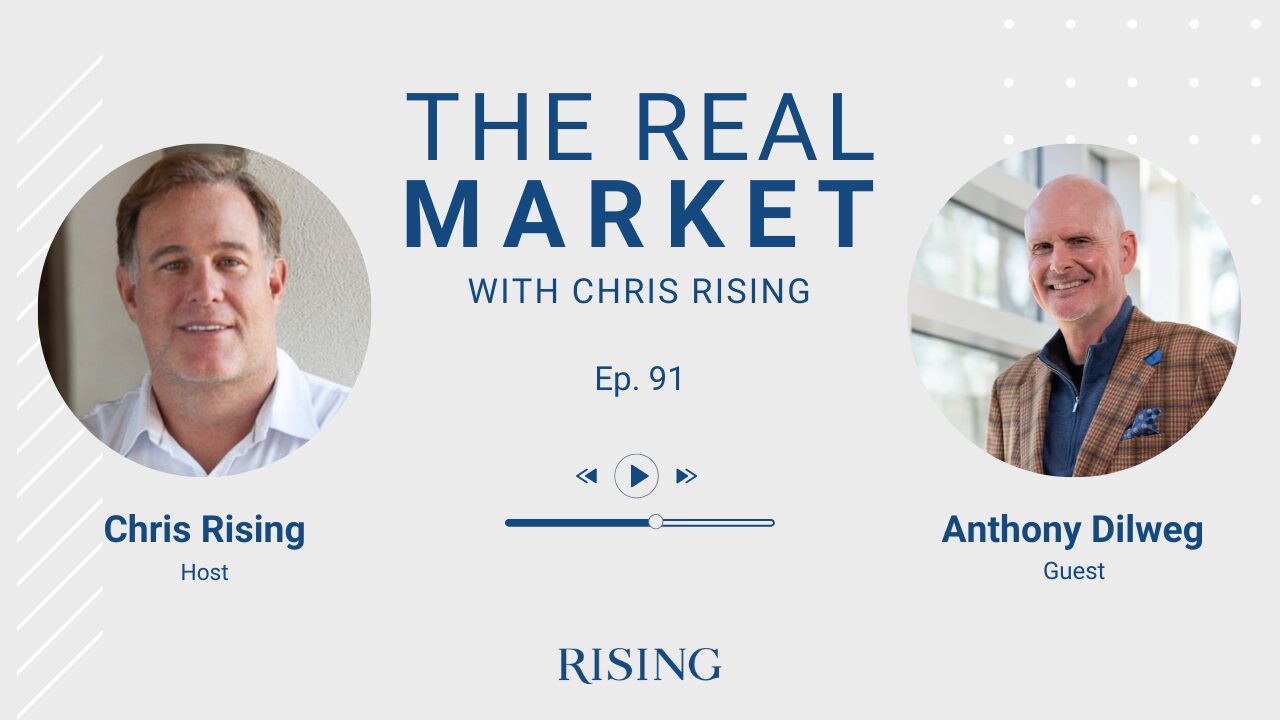
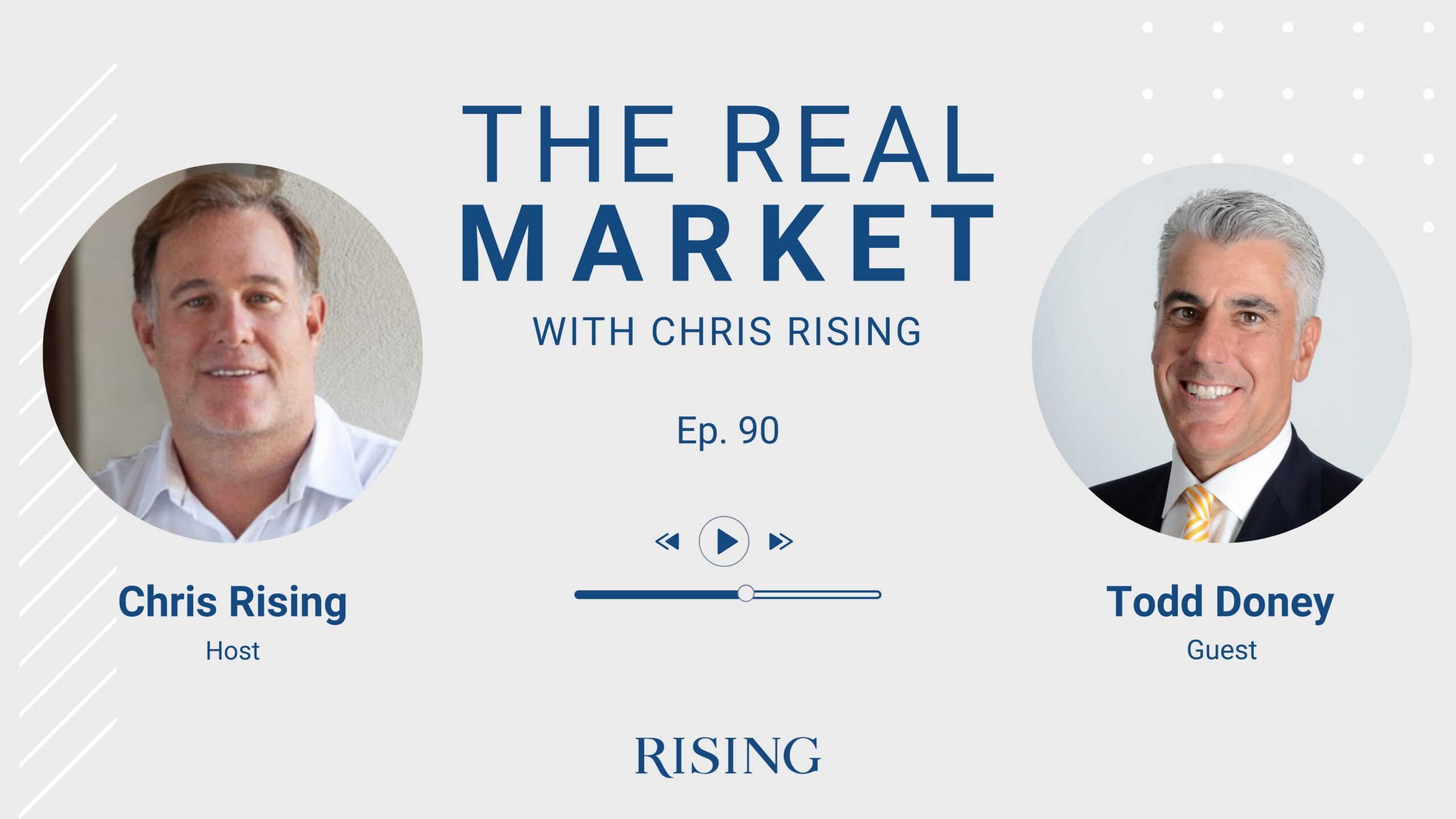
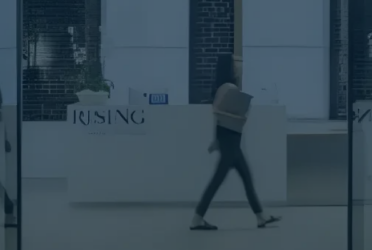
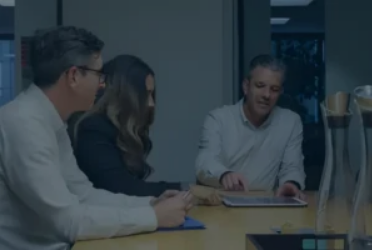
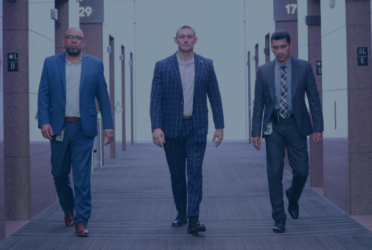
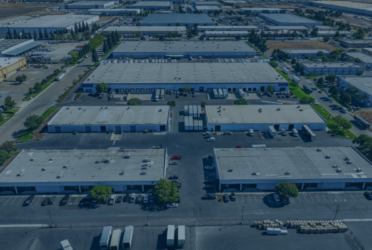
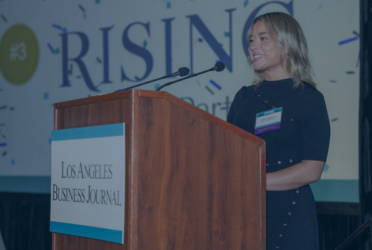
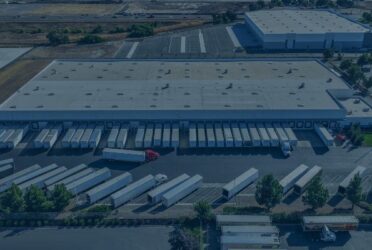
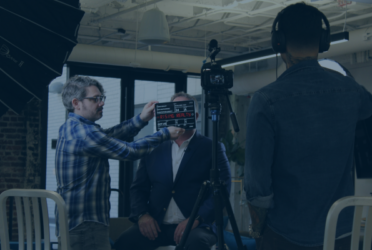
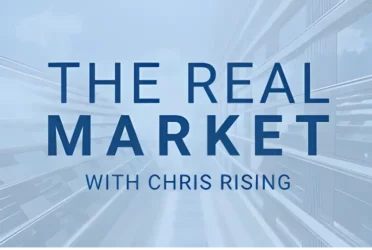 Podcast
Podcast